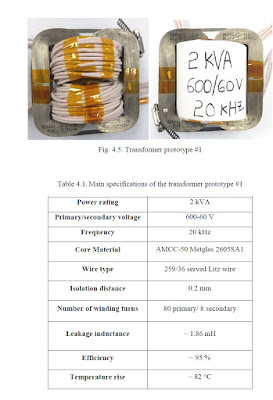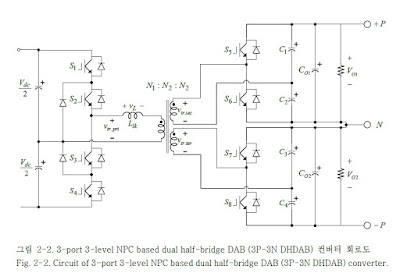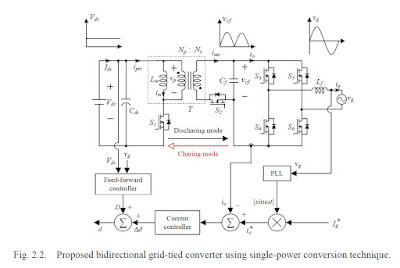Linha de Transmissão (LT) Corrente Contínua (CC) +800 kV Xing/Estreito e de suas Instalações Associadas. Esta LT, com extensão de 2.086,9 km, interceptará quatro estados – Pará, Tocantins, Goiás e Minas Gerais. A LT terá início na Subestação (SE) Xingu, localizada a aproximadamente 17 km da UHE Belo Monte, no município de Anapu-PA, seguindo até a SE Estreito, localizada no município de Ibiraci-MG. Considerando a extensão e importância do empreendimento e buscando otimizar o planejamento e a execução das obras, a LT (CC) +800 kV Xingu/Estreito foi dividida em 8 trechos, cada um com aproximadamente 260 km. Um grupo de quatro construtoras (EPCistas) será responsável pelos respectivos trechos contratados, possibilitando, dessa forma, um maior controle por parte da equipe da SPE S.A. Um dos Eletrodos será instalado no município de Altinópolis, SP, e será interligado à Estação Conversora (EC) Estreito por meio da Linha de Eletrodo, que interceptará 5 municípios: Ibiraci e Claraval, no Estado de Minas Gerais, e Franca, Patrocínio Paulista e Altinópolis, no Estado de São Paulo. Já o Eletrodo que interligará a EC Xingu será instalado em Anapu, PA, com a Linha de Eletrodo sendo instalada apenas neste município.
LOCALIZAÇÃO DO EMPREENDIMENTO
O Mapa de Localização apresenta a localização geográfica do empreendimento, nos Estados de Pará, Tocantins, Goiás, Minas Gerais e São Paulo.
OBJETIVOS E JUSTIFICATIVAS DO EMPREENDIMENTO A Usina Hidrelétrica de Belo Monte, em construção na região de Altamira e Vitória do Xingu, no Pará, na sua configuração final, terá capacidade instalada de 11.233 MW, sendo 11.000 MW na casa de força principal e 233 MW na casa de força secundária. Por se tratar de uma usina hidrelétrica com grande capacidade instalada, com potencial para gerar muita energia, parte da produção durante os meses chuvosos será enviada para os estados das regiões Sudeste e Nordeste, principais consumidores do país. A fim de facilitar e otimizar o escoamento da energia produzida, foram comparadas diversas tecnologias existentes. Por fim, optou-se pelo sistema de Corrente Contínua de ±800 kV para reforço à interligação Norte – Sudeste, além de um sistema em corrente alternada de 500 kV como reforço às interligações Norte - Nordeste – Sudeste. As Instalações Associadas da LT (CC) +800 kV Xingu/Estreito incluem as Estações Conversoras (EC) Xingu e Estreito, dois Eletrodos de Terra, com suas respectivas Linhas de Eletrodo, com extensões de aproximadamente 46 km (Linha de Eletrodo Xingu) e 74 km (Linha de Eletrodo Estreito), para interligação desses eletrodos às ECs, e sete Estações Repetidoras (ERs).
VER RELATORIO COMPLETO NO SEGUINTE LINK ORIGINAL
http://www.bmte.com.br/wp-content/uploads/2016/06/RIMA.pdf




























































 JOSIL ARTISTA PLASTICO FORTALEZA CEARA BRASIL AV.HERACLITO GRAÇA 41 TEL(85)32542378
JOSIL ARTISTA PLASTICO FORTALEZA CEARA BRASIL AV.HERACLITO GRAÇA 41 TEL(85)32542378















